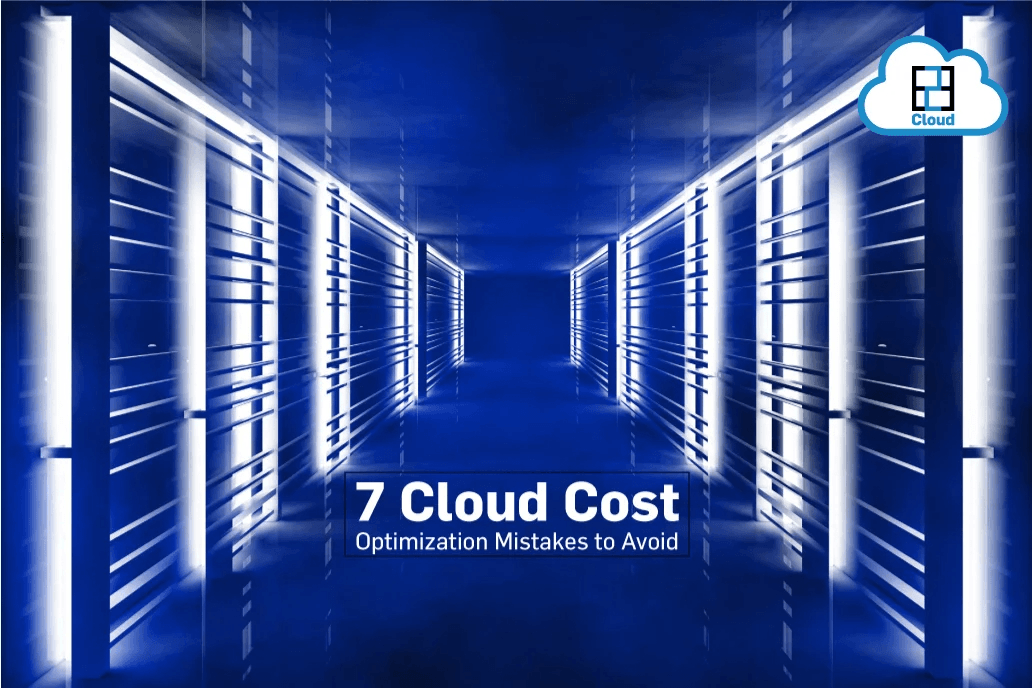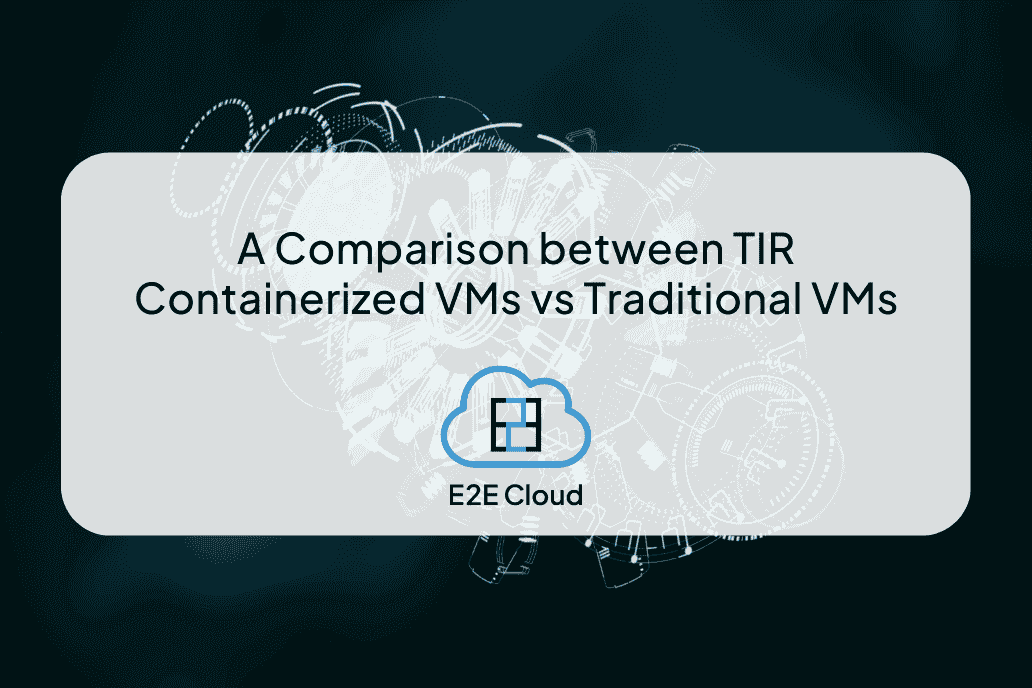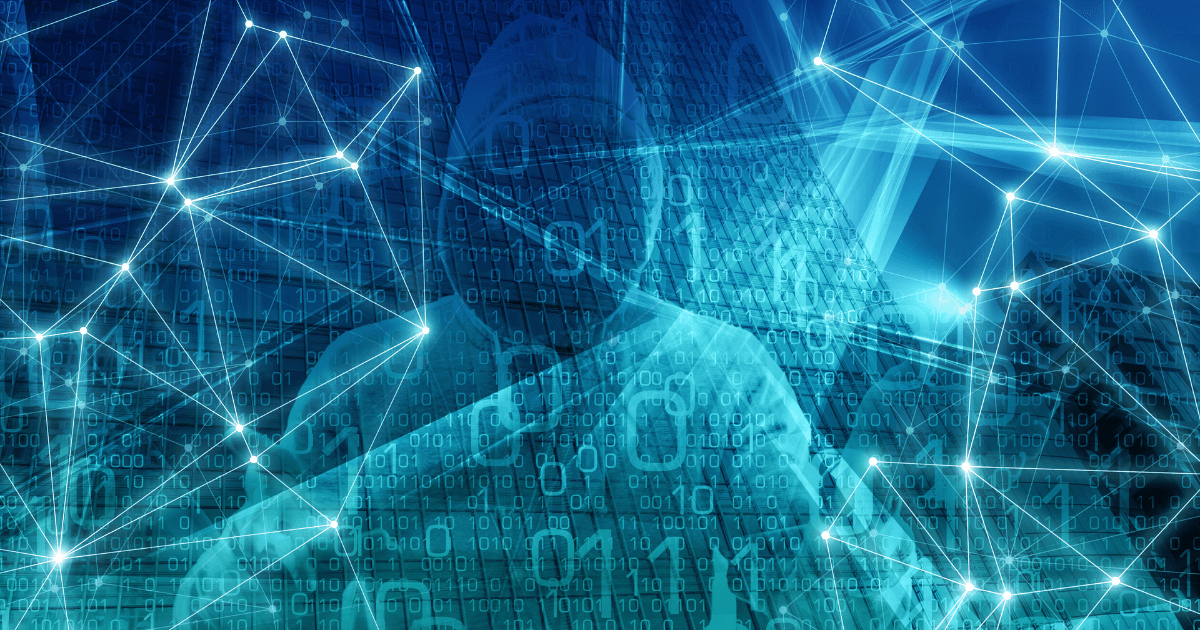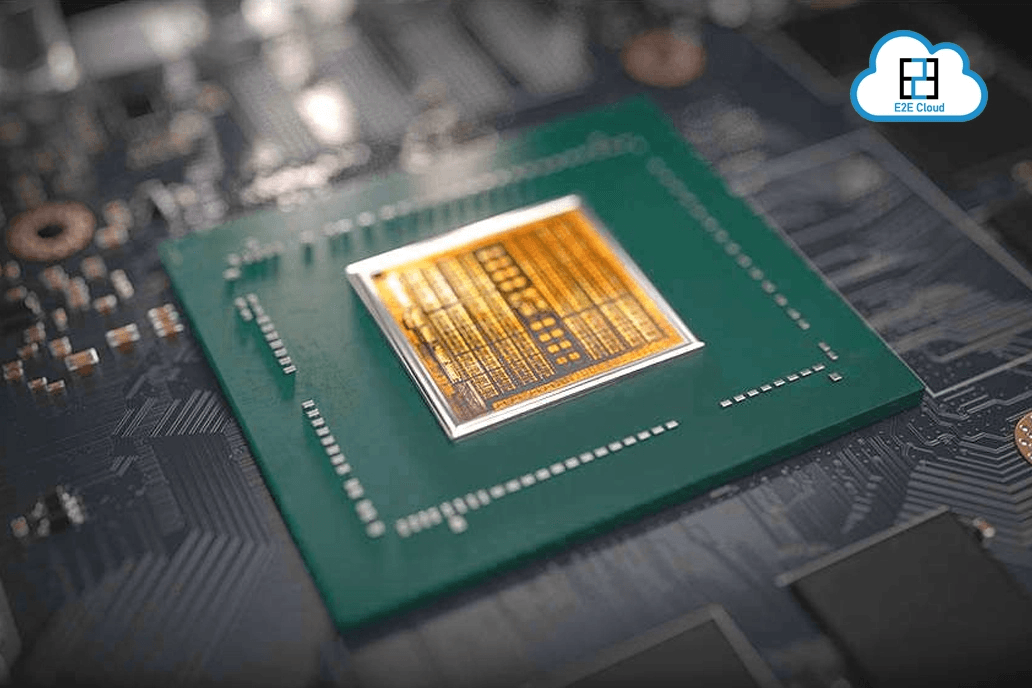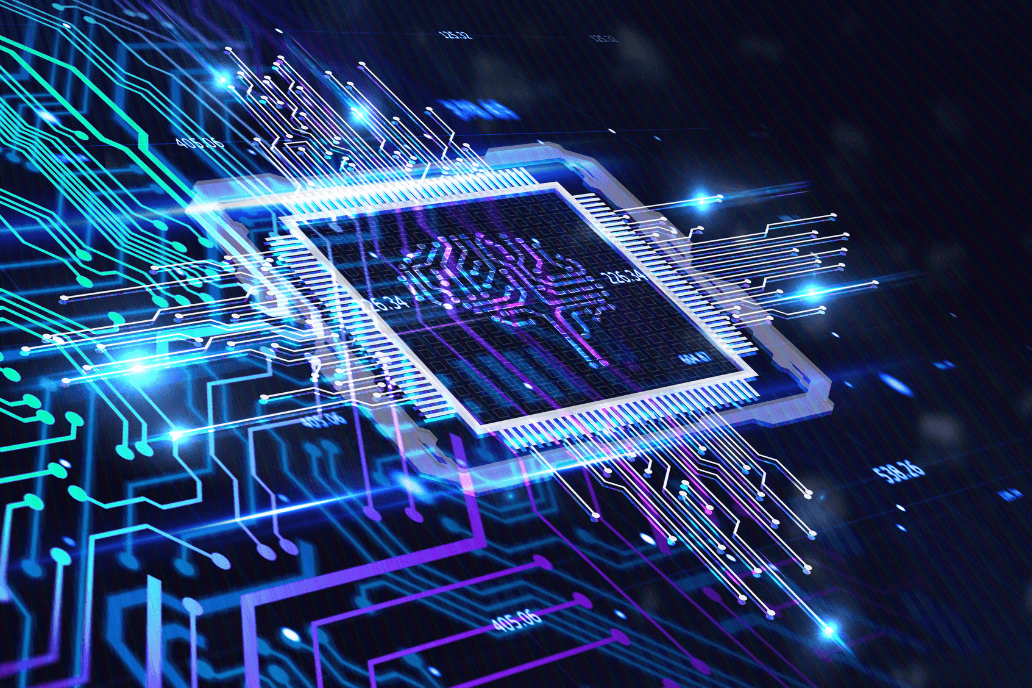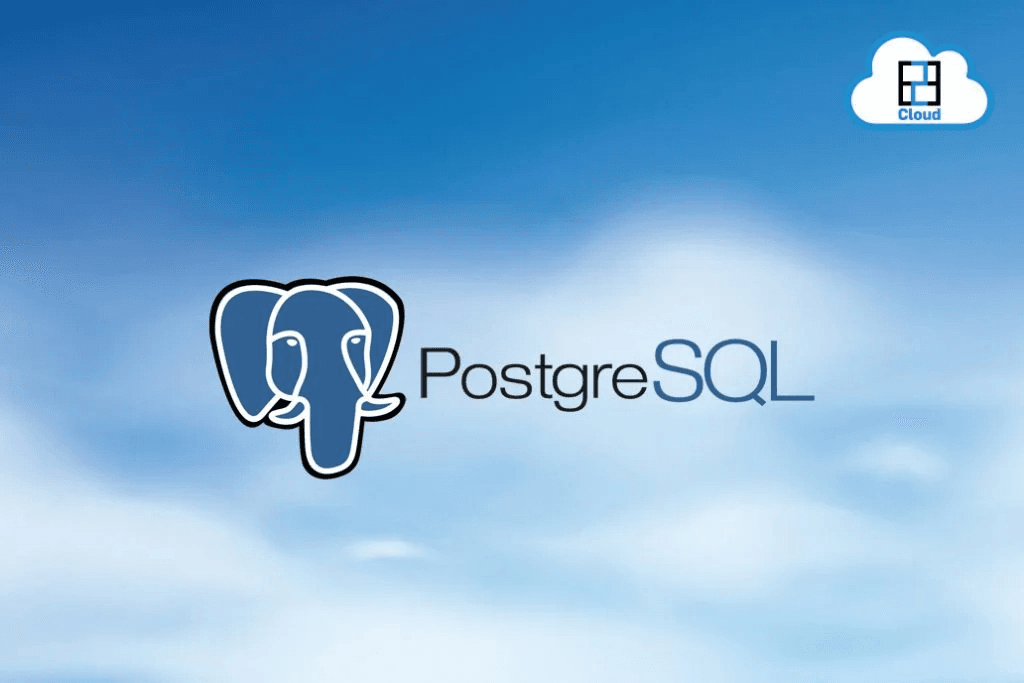If you want to install deep learning applications with considerable ease, then it is the time where you must start to check whether the performance of your GPU is optimum or not. If you observe the metrics, then you will be able to assess whether your deep learning methodology tackling a certain problem is right or not. Otherwise, this could fail the strategy that you have employed.
So, what are these metrics we are referring to? Let’s find out what all factors regarding GPU performance should be considered for monitoring.
Top 5 Metrics to Track GPU Performance for Evaluating Your Deep Learning Program
Here are the metrics that you can use for measuring the GPU performance of your deep learning program –
- Training time
Training time is one of the main factors employed in the models of deep learning for measuring and setting a standard for a GPU’s performance. Solution consistency is necessary for different GPUs.
Classification problems like image classification via CNNs and NLP applications utilizing RNNs, need fixed accuracy, which the model needs to meet. GPU features like mixed-precision enabling the model optimization of an input batch size, play a vital role in deciding the training time.
- Power requirements and temperatures
Tracking the requirement of power is another important factor in determining the performance of GPU. The consumption of power by a GPU gives an idea of how much load it is handling. It also shows how much power your app would consume. It can be specifically significant for testing DL apps for mobile devices. In smartphones, the consumption of power is a critical matter.
The consumption of power is linked to the temperature of surroundings where the GPU is used. Power consumption is calculated by tools like NVIDIA-smi. You can easily find this information on a car’s power supply unit. It also consists of the power used by the memory, cooling elements and computation units.
Moreover, the resistance of a GPU's electronic components increases in line with its temperature; the fans also spin faster for cooling. All these factors increase power consumption.
So, for deep learning, the power consumption by the GPU is also essential. The thermal throttle at a higher temperature can lower the speed of the training procedure.
- GPU utilisation
As already mentioned in the previous points, GPU utilisation can be measured and seen through GPU MI (monitoring interface) such as NVIDIA-smi. But, how do you define GPU utilisation? It is the percentage of time one or many GPU kernels keep running over the last second.
Monitoring GPU utilisation is a good pointer to decide if your GPU is being used or not. Observing the real-time utilisation trend helps to recognise logjams and hindrances in your engineering pipelines which could slow down the training process.
- GPU memory access and utilisation
The NVIDIA-smi displays the complete list of memory statistics that can be employed to accelerate your models' training. Much like GPU utilisation, the GPU memory utilisation shows the percentage of time over the previous second the GPU memory controller was used for either reading or writing from memory. The used memory, the available memory and the free memory provide insights into the DL program’s efficiency. With these stats, you can fine-tune the batch size of your training samples.
- Throughput
In NNs, an inference time is crucial to make an advance pass through the neural network for chalking out a solution. This is called throughput. It measures the performance of a GPU when it makes fast inferences.
The normal statistics for the throughput are calculated by the number of samples managed every second by the particular model on the GPU. But, the precise metric can differ subject to the model's architecture along with the DL app.
This can be shown with the help of an example. The throughput for a CNN for image classification could be calculated in images per second. Compared to this, the throughput for an RNN being used in an NLP app can be measured in tokens per second.
To sum up, observing the GPU performance metrics can save a lot of time, which can be used to train a DL app or deploy a DL app. Moreover, with E2E Networks’ state-of-the-art cloud GPUs, you can now stop worrying about its performance in executing your deep learning strategies. Moreover, other solutions like the Linux cloud, Windows cloud and storage facilities help you further in this process.
Reference Links
https://www.run.ai/guides/gpu-deep-learning/best-gpu-for-deep-learning
https://neptune.ai/blog/performance-metrics-in-machine-learning-complete-guide
